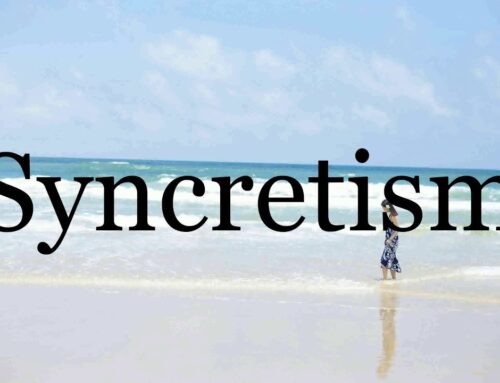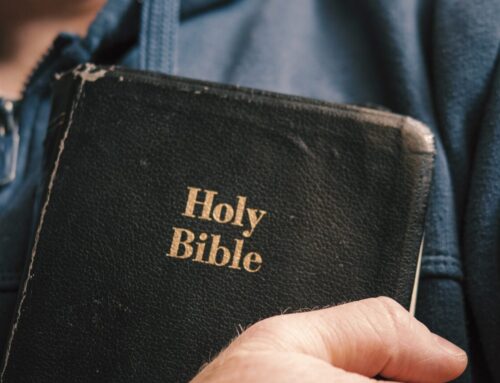Bread of Life
Commentary by — Martin G. Collins
John 6:10-14
(10) And Jesus said, Make the men sit down. Now there was much grass in the place. So the men sat down, in number about five thousand. (11) And Jesus took the loaves; and when he had given thanks, he distributed to the disciples, and the disciples to them that were set down; and likewise of the fishes as much as they would. (12) When they were filled, he said unto his disciples, Gather up the fragments that remain, that nothing be lost. (13) Therefore they gathered them together, and filled twelve baskets with the fragments of the five barley loaves, which remained over and above unto them that had eaten. (14) Then those men, when they had seen the miracle that Jesus did, said, This is of a truth that prophet that should come into the world.
King James Version
On the next day, Jesus taught in the synagogue in Capernaum, saying, “I am the Bread of Life” (John 6:32, 35, 48). Though willing to receive the physical bread, many would not receive the living Bread—Jesus Christ who came down from heaven. Thus, the miracle of feeding the multitude was actually a sermon with visual aids.
The main lesson of the miracle is that Christ is the Bread of Life to a dying humanity, and in Him, there is enough to satisfy the entire world. Only He can satisfy the spiritual hunger in mankind. Jesus says, “I am the living bread which came down from heaven. If anyone eats of this bread, he will live forever; and the bread that I shall give is My flesh, which I shall give for the life of the world. . . . Unless you eat the flesh of the Son of man and drink his blood, you have no life in you” (John 6:51, 53). The Bread that is Jesus gives life in the present (John 6:35, 47) and eternal life in the future (John 6:27, 40).
The tragedy is that people waste time and money on “that which is not bread” (Isaiah 55:1-7). Waste is an enemy of miraculous generosity, so great care was taken to collect the leftovers, though we are not told how they were used. The lesson is that overabundance does not justify waste.
We also learn that Christ asks that we give Him all that we have and allow Him to use it as He sees fit. When we do this, we never lose, always ending up with more blessings than when we started.
— Martin G. Collins
To learn more, see:
The Miracles of Jesus Christ: Feeding the Five Thousand (Part Two)
Related Topics:
Bread of Life
Jesus Christ as Bread of Life
Jesus Christ’s Miracles: Feeding of Five Thousand
Miracles of Jesus Christ: Feeding of 5000
Waste







Leave a Reply, please --- thank you.